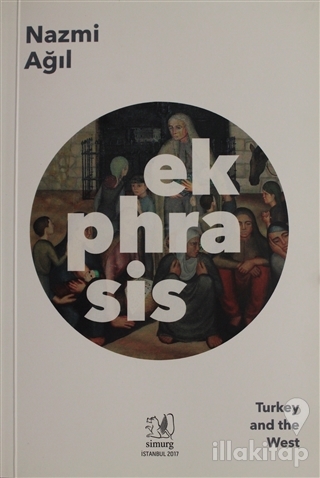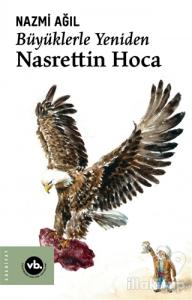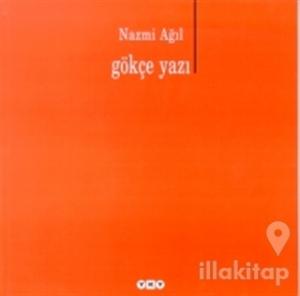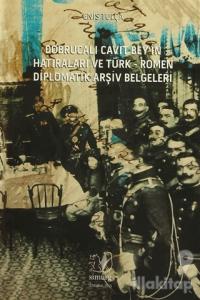
Why does a writer choose to look through another artist's window instead of a direct contact with reality? In such a case, is there a competition between the two or is it a friendly relationship? Why do people looking at the same picture see differently? Are the image and the word gendered? How does the gender of the writer or the artist define the balance in this relationship? Does the word free what the eye captivates? If writing on visual arts is already a translation process, then, what points must be considered when translating a text on visual arts?
The Western World has been looking for answers to such questions in a tradition of ekphrasis that reaches as far back as Homer's description of Achilleus's shield in The Iliad. And the book you are holding is an attempt to define the place of this tradition in Turkish literature through the arguments in the West with examples from Homer, Dante, Chaucer, Shakespeare, Wilde and several modern day poets. But more importantly, the book is also an effort to show Turkish writers' contribution to the ekphrastic tradition through discussions of essential works across different genres.
- Açıklama
Why does a writer choose to look through another artist's window instead of a direct contact with reality? In such a case, is there a competition between the two or is it a friendly relationship? Why do people looking at the same picture see differently? Are the image and the word gendered? How does the gender of the writer or the artist define the balance in this relationship? Does the word free what the eye captivates? If writing on visual arts is already a translation process, then, what points must be considered when translating a text on visual arts?
The Western World has been looking for answers to such questions in a tradition of ekphrasis that reaches as far back as Homer's description of Achilleus's shield in The Iliad. And the book you are holding is an attempt to define the place of this tradition in Turkish literature through the arguments in the West with examples from Homer, Dante, Chaucer, Shakespeare, Wilde and several modern day poets. But more importantly, the book is also an effort to show Turkish writers' contribution to the ekphrastic tradition through discussions of essential works across different genres.
Stok Kodu:9786054055333Boyut:13.50x21.00Sayfa Sayısı:222Baskı:1Basım Tarihi:2016Kapak Türü:CiltsizKağıt Türü:2. HamurDili:İngilizce
- Taksit Seçenekleri
- Axess KartlarTaksit SayısıTaksit tutarıGenel ToplamTek Çekim40,0040,00220,0040,00313,8741,6067,1342,8094,8443,60123,7044,40QNB Finansbank KartlarıTaksit SayısıTaksit tutarıGenel ToplamTek Çekim40,0040,00220,8041,60314,1342,4067,2043,2094,8944,0012--Bonus KartlarTaksit SayısıTaksit tutarıGenel ToplamTek Çekim40,0040,00220,0040,00313,8741,6067,1342,8094,8443,60123,7044,40Paraf KartlarTaksit SayısıTaksit tutarıGenel ToplamTek Çekim40,0040,00220,0040,00313,8741,6067,1342,8094,8443,60123,7044,40Maximum KartlarTaksit SayısıTaksit tutarıGenel ToplamTek Çekim40,0040,00220,0040,00313,8741,6067,1342,8094,8443,60123,7044,40World KartlarTaksit SayısıTaksit tutarıGenel ToplamTek Çekim40,0040,00220,0040,00314,2742,8067,1342,8094,8443,60123,7044,40Diğer KartlarTaksit SayısıTaksit tutarıGenel ToplamTek Çekim40,0040,00220,0040,00313,8741,6067,1342,8094,8443,60123,7044,40
- Yorumlar
- Yorum yazBu kitabı henüz kimse eleştirmemiş.















